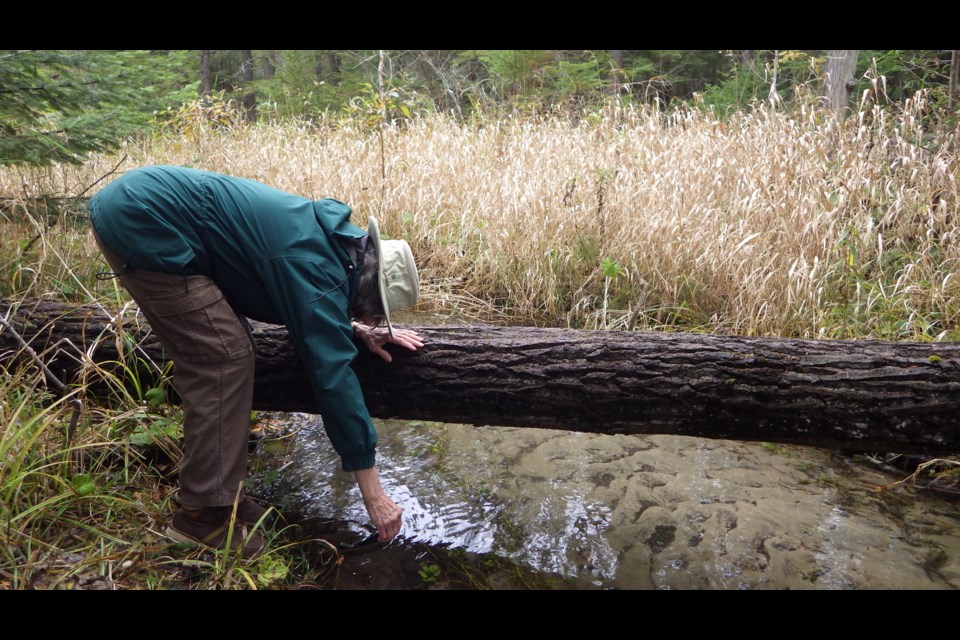Citizens scientists, assemble!
It's the call being put out by the Severn Sound Environmental Association (SSEA) to encourage people to join their citizen science programs in the area, according to Aisha Chiandet, an SSEA water scientist.
The non-profit has four programs under the category, she said, and they're looking to add some features this summer by adding more virtual tools to engage residents in the area.
One program is called Shorewatch while another named Community Environmental Monitoring (CEM) has received support from World Wildlife Fund Canada and TD Friends of Environment Foundation, said Chiandet.
"We are also seeking additional funds from the Lake Huron-Georgian Bay Community Action Initiative to build up the Shorewatch and CEM programs," she said, noting that through these program, the SSEA provides tool kits to interested participants.
"The idea is to pick a stream somewhere they can easily access once a week," she said, "and send in observations around temperatures, wildlife, invasive species and any changes they're noticing from human impact."
Similarly, the Shorewatch program gives citizen scientists kits so they can go out on a weekly basis and measure factors such as water clarity, wind conditions or algae along waterlines.
She said both programs help the SSEA narrow in on spots that might need protection or conservation.
"I think it's really important to get people engaged and excited about protecting their local environment," Chiandet noted. "It helps increase our monitoring capacity. It gives us a better sense of what's going in the landscape and where things are in good shape.
"The more people understand and know about their immediate surroundings, the more likely they are to conserve it and convince their neighbour to adopt better practices on their part of the landscape."
The other two citizen sciene programs the SSEA runs are the Water Level Watchers and Ice Spotters.
The former focuses on monitoring water levels in Farlain Lake.
"Similar to Georgian Bay, water levels in Farlain Lake have been quite higher over the last few years," she said. "The lake is filling up like a bathtub and there's no plug. In a couple of cases, there have been (nearby) septic systems that have been compromised."
Last year, the SSEA installed a water level gauge close to the boat launch. A group of volunteers that lives in the area now visit the lake to take readings at various times of the day.
"Last year, the April 28 water level reading was at 60cm on this particular ruler; and this year the April 29 reading was at 42cm," Chiandet said, adding that things have been a bit different this year since access to the gauge has been limited due to lockdown restrictions.
"What I'm suggesting people do is use a pair of binoculars or a telephoto camera lens (to get a reading), because there's a barrier up preventing them from accessing the water."
Come winter, she said, the Ice Spotters will be activated.
They visit a shoreline spot (Sturgeon Bay, Hog's Bay or Midland Bay) and send the SSEA their observations and photos of when the ice comes in starting in the fall and then following up by sending photos of when it goes out in the spring.
"It's a good indicator of climate change and algae growth and has implications for fish reproduction," she said, adding there isn't enough data yet to draw conclusions around climate change, however, general observations indicate that the ice is coming in later and receding earlier each year.
To sign up for one of these programs, write to the SSEA at [email protected]. Visit their website for more information. The SSEA also has a presence on Instagram and Twitter. Videos and webinars are available on their YouTube channel.
